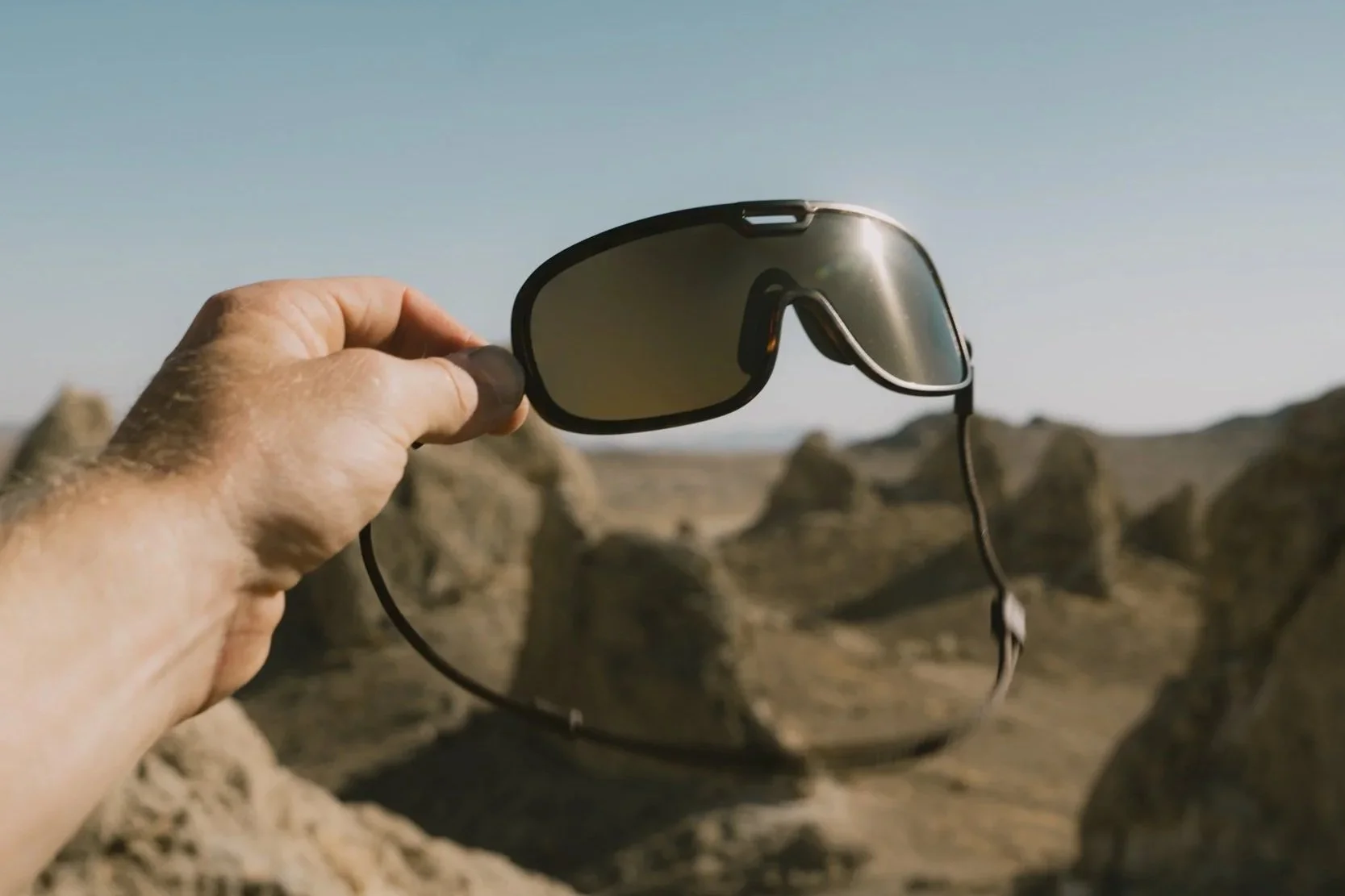3T Exploro RaceMax Review
By Ben Liu
I’ve always been a fan of the original 3T Exploro, with its innovative, non-traditional frame shape and combination of aerodynamic efficiency and all-road capability. So when I had the opportunity to get the more extreme and faster RaceMax with clearance for fatter tires, I jumped on it quickly, and it’s become my favorite bike despite a couple of minor issues.
Over the last few months, I’ve put over a thousand miles on this bike across technical coastal trails, dirt mountain climbs, fast twisty road descents, a muddy and wet Rapha Prestige Santa Cruz, a month of windy and hilly road rides in Taipei, and recent snowy conditions in Orange County, CA.
On-road Impression
With aero wheels and 30mm tires, this is one fun road bike. The handling is quick and responsive, and descents are predictable and it’s easy to adjust lines mid-turn. The aerodynamics are noticeable, especially as speeds increase on the road. It’s a blast in pace lines and slices through headwinds. It feels a bit heavy as the gradient hits double digits, as expected on a gravel bike, but rolling hills aren’t an issue, even with SPD’s and gravel shoes.
Off-road Impression
Getting off the pavement, the RaceMax is capable across all terrains. Cornering is solid, quick and predictable on fast singletracks as well as rocky descents. It accelerates and climbs quickly, although the SRAM Force gearing can be a bit limiting on the low end. One of the things that surprised me the most was how well this bike absorbs vibration and shock. Coming from a Cervelo Aspero, where even with a ShockStop suspension stem and double-wrapped tape, I’d still be beaten up after every ride. In comparison, the 3T with stock stem and bar tape, I was never sore after a ride and would be recovered the following day.
The Frameset
The most noticeable part of the RaceMax frame is the flared downtube that goes from 46mm at the top where it connects to the head tube, expanding to 75mm in width to divert air around the water bottles and rear wheel. The 3T engineers optimized this to provide aerodynamics, while still providing plenty of room for wide tires. The RaceMax was even wind-tunnel tested with mud on the frame to ensure its design was optimized for real-world conditions. Other aero details on the frame include the dropped seat stays, the D-shaped seat post, and narrow fork legs. The fork also has a minimal crown, which helps maintain the quick road bike handling. Then there’s the paint, which is beautiful in person, and way better than the 3T website photos. The blue metallic is simply stunning in the sun.
My Setup
The RaceMax is available in a Race build with 700c wheels and tires or a Max build with 650’s and fatter rubber, with a variety of drivetrain choices including GRX, Force, Rival, and EKAR with 1x and 2x options. This bike is the Race version and setup with SRAM Force AXS 2x12. Stock setup included 46-33T chainrings and 172.5mm cranks on my 56cm frame, with a 10-36 Rival cassette on the back. I wound up swapping to an AXS Wide setup with 43-30T chainrings for lower gearing and 167.5mm cranks for easier spinning and fewer pedal strikes. The 30x36 isn’t as low as the 31x42 GRX on my other gravel bike, but I guess it’s making me stronger.
The stock wheels were Fulcrum Rapid Red 900s, which have aluminum rims and are tubeless ready. They’re seriously heavy though, so after one ride, they’re hanging in the garage now. In its place are Zipp 303 Firecrests with 40mm Pirelli Cinturato Gravel M tires for off-road, and Zipp 303S wheels with 29mm ENVE SES tires for the road. My only other upgrades are a Specialized Power Mirror saddle, which is much more comfortable than the original Fizik Argo saddle, Garmin Rally XC power meter pedals, and a clear RideWrap to protect the paintwork, especially between the tires and frame. Total weight for 56cm in gravel setup is 19 lbs, and mid 18’s with the road setup.
A Few Mehs
I have a few minor complaints, but nothing that ruins the overall experience. Tire clearance is a little tighter than expected, given how a selling point of this bike is space for 650b x 2.4” (with 1x setup). The Pirelli gravel tires balloon to 42mm due to the Zipp’s 25mm internal width, which leaves only a few mm clearance all around, and has clogged up with mud a couple times.
PC: Ray Hsu
I’m also not a big fan of the non-flared road bars. After using the ENVE AR and G-Series bars on my other bikes, these feel like they’re angled inwards. The bends and the semi-aero top are comfortable though. The cable routing into the top tube can also look a little messy if you’re running mechanical or have aero bars where the housings come out the back. Fortunately, eTap only results in the rear brake cable visible, and careful setup minimizes the clutter.
The Bottom Line
The RaceMax is such a fun bike with a smooth ride, on and off road. It’s a blast to ride and is the best blend of speed and comfort of any bike I’ve ever owned. The aerodynamics definitely make an impact, and the bike looks great. For fast gravel riding, the RaceMax is hard to beat.
Pricing on 3T Exploro RaceMax complete builds range from $5,499 to $15,000, and the frameset costs $3,499. The Force AXS 2x reviewed here costs $5,999 USD.
Visit 3T Bike
🖋📸 Ben Liu | follow
Ben Liu is a member of the 2023 Gravelstoke Development Team and currently an ambassador with 3T.


























